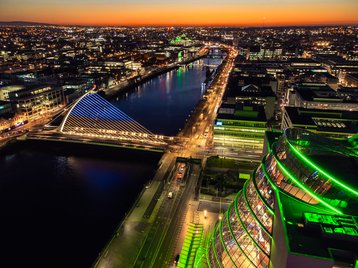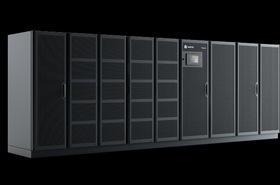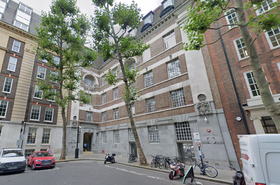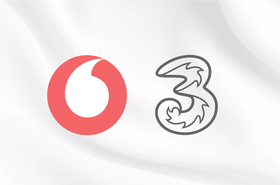Ireland will miss out on the AI data center boom if it doesn’t swiftly resolve problems with its power grid, an executive at power management company Eaton has said.
Ciaran Forde, commercial vice-president for data center operations at Eaton’s EMEA region, said the company had seen its Irish data center business lose 80 percent of its revenue over the last four years.
Ireland is one of Europe’s leading data center markets, but in 2022 Irish grid operator EirGrid imposed moratorium on new data center developments in the Dublin area because of concerns about how much power was being consumed by digital infrastructure. This is set to last until 2028.
Figures published last year by Ireland’s Central Statistics Office showed that data center power consumption in the country increased by 31 percent in 2022, accounting for 18 percent of all electricity used in Ireland. A report from the International Energy Agency, released earlier this year, said data centers could gobble up 32 percent of Ireland’s power by 2026 due to the number of new builds planned.
Forde told Irish publication Business Post that the restrictions had hit his company’s bottom line. “I would say it’s down about 80 percent,” he said of Eaton’s Irish data center revenue. “If 2020 was 100 percent, we’re down to 20 percent of that level.”
Dublin-headquartered Eaton derived $3.3 billion of its $23.2 billion global revenue from data centers last year, with the rapid build-out of hyperscale AI data centers helping to boost its bottom line.
But Forde said that unless Ireland enables more renewable energy to increase grid capacity, data center investment will go to other markets.
“Within the next 12 to 24 months, I think the pattern of where you build for AI will have been established,” Forde said. “We’re now at a point where Ireland, as a unit [is] about to miss out on the next wave of AI.”
He said the Irish government must take steps to enable more renewable energy to be brought online.
“We know all the projects, we know all the investors, we know all the tech that is needed,” Forde said.
“It's a question of pressing the button to allow them to proceed, and get the wind generation up to the levels we need, and solar up to the levels we need.”







